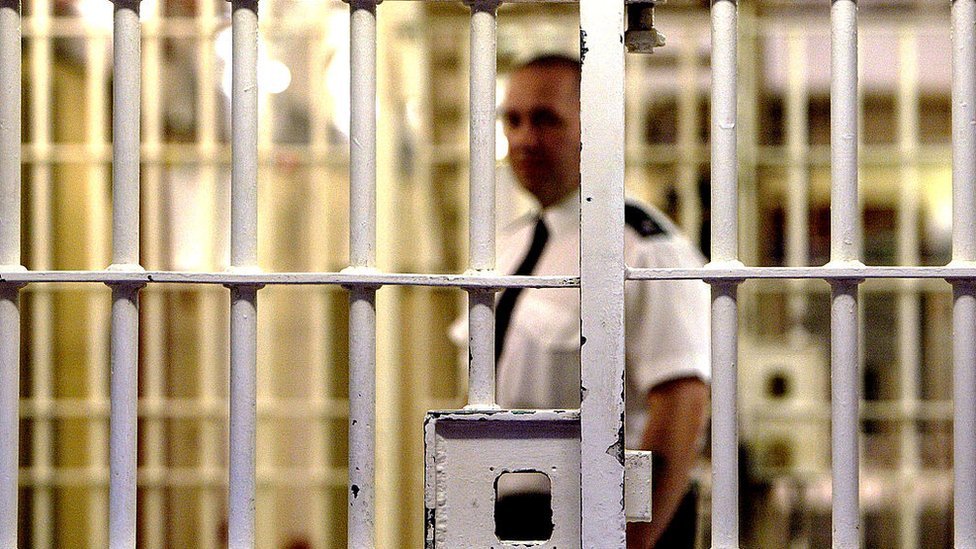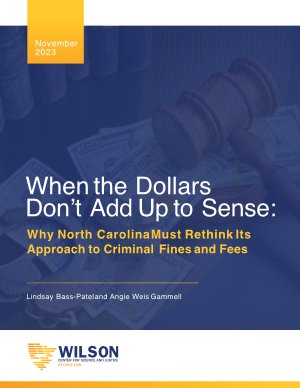By Ammar Khalid, Rochisha Shukla, Arielle Jackson, and Andreea Matei
Pima County, Arizona, has implemented multiple reforms to address probation-related drivers of jail incarceration through its participation in the John D. and Catherine T. MacArthur Foundation’s Safety and Justice Challenge, including strengthening transitional housing support intended to provide short-term housing options for people experiencing housing instability. The Urban Institute conducted a study, in partnership with the Pima County Adult Probation Department, to describe probation pathways to jail incarceration and system-level trends, as well as the effects of providing transitional housing support to people on probation, particularly in terms of jail use.
WHY THIS MATTERS
Many jurisdictions across the country have implemented strategies to reduce jail incarceration for people on probation because probation violations contribute significantly to rising jail populations in the United States: 33 percent of all people incarcerated in jails were arrested while on probation, and 27 percent of the people in jails for probation violations were incarcerated for technical violations alone. Housing instability can heighten the risk of criminal legal system involvement, particularly for people on probation.
WHAT WE FOUND
Our main takeaways include the following:
Roughly 10 percent of all jail bookings in Pima County were due to probation violations, representing an overall low share of jail admissions. However, average length of stay for people in jail for probation violations was considerably longer at 66 days, nearly three times as long as that for the pretrial population (25 days) and five times as long as that for the sentenced population (13 days).
Probation violations resulting in jail incarceration represented 16 percent of all terminated probation cases and were largely driven by technical violations, which include absconding charges.
There were some observable racial and ethnic disparities in jail use as a formal probation revocation petition outcome. Native American and Hispanic people had higher odds—by 97 percent and 46 percent, respectively—of being revoked to jail compared with white people. Black people were 24 percent more likely to receive coterminous outcomes compared with white people.
Between January 2020 and June 2022, 331 people received financial assistance to access transitional housing. The number of people receiving assistance increased over time and the probation department prioritized people with higher risk and needs when making decisions about funding for transitional housing.
The odds of a probation termination to jail were not significantly different for people who received funding for transitional housing and those who did not. These null effects, however, could owe to the small number of people served and the limited data available on people who received transitional housing support. Interviewed stakeholders, though, perceived this support for people on probation to be a crucial stabilizing force and extremely meaningful to their well-being.
Washington, DC: Urban Institute, 2023. 63p.





















